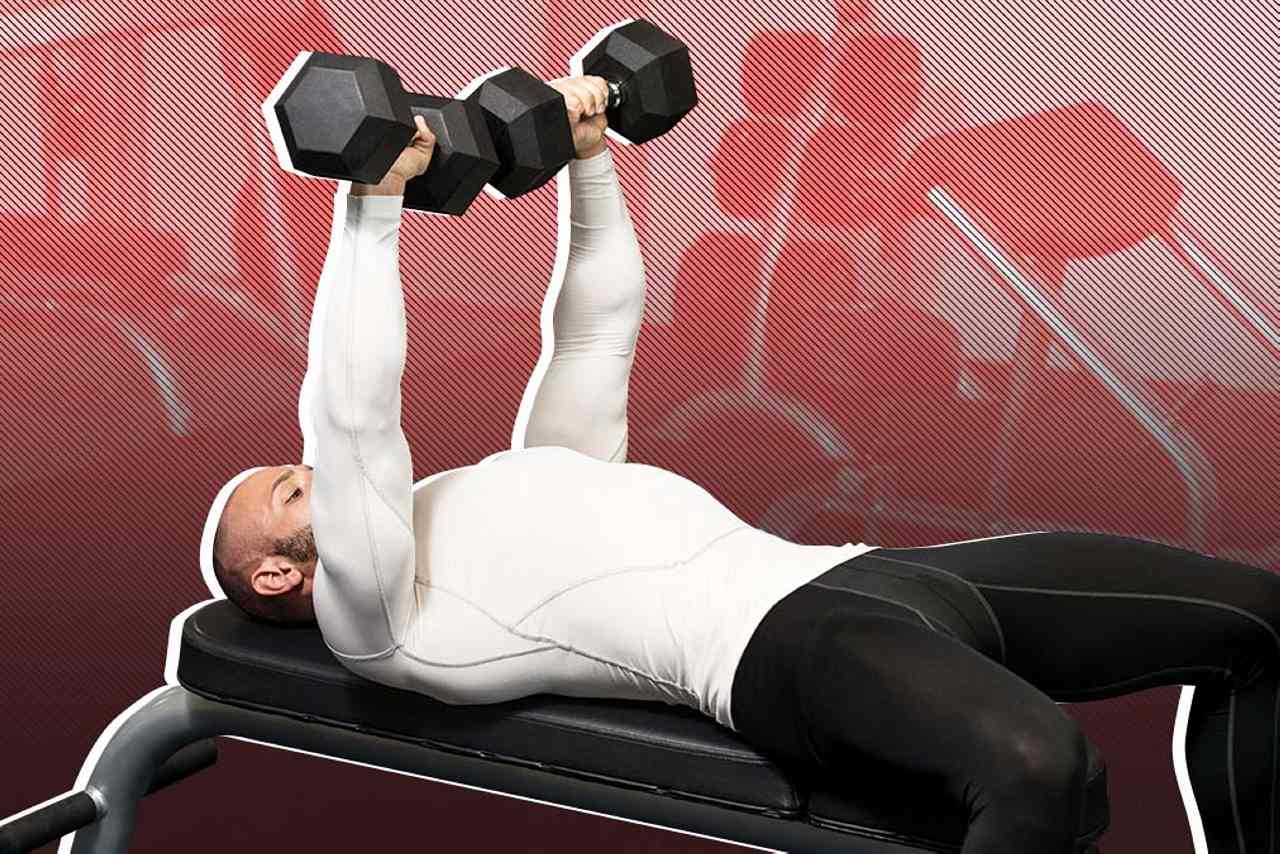These days, it seems like every gym you walk into is the same. Most will have some free weights, a full line of weight machines, your choice of cardio equipment, and also some sort of “functional training area” replete with kettlebells, battle ropes, bands, and suspension training systems.
For somes these can be a paradise—an oasis of training options, services, and a social environment conducive to motivation. On the other hand, they can become a crutch. They can cultivate stagnation, repress creativity, and be an annoying hangout haven for gym bros. Not to mention the crowded times, limitations of open hours, and the increasing restrictions that are cropping up when it comes to “intimidating” other members (*cough* Planet Fitness *cough*).
The rise in popularity of bodyweight training is no fluke. Manipulating your own body to achieve certain abilities takes great focus, effort, and hard work. It could be argued that bodyweight training displays true strength. I’m sure you know plenty of “strong” guys who bench press and squat a ton of weight, but can’t manage to perform a single pull up. So that begs the question, are they really all that strong?
It’s Time to Play
Take your training outside. Combining bodyweight training with nature has a slew of benefits, including a better, a more positive outlook, improved motivation, and a sense of freedom. A moderate to well-equipped playground can fit the bill quite nicely, and give you everything you need to get freakishly strong. Here are just a few advantages:
- No gym dues. Well, that’s a no-brainer.
- No wait times. It’s less likely you’ll have to wait on anything at the playground. Good luck getting in any chest work on a Monday in a traditional gym.
- You’ll be more creative. Since you have no restrictions and can virtually do anything you want, your creative gene can go wild.
- No place to sit. It blows me away how many lifters sit in the gym, and not just to rest between sets. Seated curls, seated military presses, seated ab machines, or seated texting (apparently, that’s an exercise). Everyone would rather sit than stand. Playground workouts require standing, pulling, running, planking, and many other dynamic movements.
- In your neighborhood. Playgrounds are easy to find, and many are equipped with specific stations for bodyweight training. These specialized stations may include pull up bars, dip bars, leg fixtures, and different level bars for ab training.
- You’ll feel free. If you suffer sitting all day at a desk job, going straight to an indoor gym isn’t necessarily the change in scenery you were looking for. Get outside; enjoy the air, the sun, and the freedom. You will instantly improve your mood.
Playtime Has Serious Benefits
Still not convinced? Let’s go over a few benefits that’ll answer a few underlying questions and possibly change your mind. Playground workouts aren’t just for “getting in shape;” they can provide some awesome advantages.
Manipulating your body takes real strength. Working outside the scripted motions of the gym will cause your supportive muscles to suddenly wake up and do their intended job. Most traditional big-box gym workouts call for training the main muscles of the body, but with a playground workout, you’ll instantly be reminded of your lack of stability and balance. It’s a good time to improve on those things.
For those who doubt the ability of bodyweight training to build muscle, I’ll just refer you to Olympic gymnasts. The male and female athletes are jacked, with little-to-no direct weight training by normal means. Not only are they muscular, they’re also strong as heck.
Muscular endurance is the ability for your body to undergo repeated bouts of submaximal efforts. Since bodyweight training involves a ton of balance, stability, and whole-body awareness, you have no choice but to improve your endurance. You’ll start to develop a type of mental grit, as well. With traditional lifts, you more or less train inside a box. Bench press, leg press, and other stable exercises provide some sort of support and guidance. Bodyweight training requires more effort and toughness to do things right.
It’s easy to include plyometric and other power moves into your playground training. This will create a great new dynamic to your normal training program, where more traditional training has you practicing slow and controlled exercises. You could probably use some work on your explosive power.
Since you’re doing all of this extra work regarding stability, balance, whole-body moves, and using a ton more supportive muscle, you’ll inevitably burn a ton more calories. Combine your playground training program with a cardio component, and you’ll have one ultimate plan for more muscle and less fat.
Find the Right Playground
First, let’s get something out of the way: when looking for an adequate playground or other outdoor facility, don’t be the creepy guy. Playgrounds are traditionally full of kids and parents, so try going on off hours when few are there. This will also allow you uninterrupted access to most of the available equipment.
Here’s what to look for:
- An overhead bar. Monkey bars, parallel bars, or just a simple overhead high bar will do great for pull ups.
- Elevated wooden braces are great for upper and lower body exercises to increase or decrease the difficulty.
- Some type of elevated surface such as a stable park bench or a wooden deck of a jungle gym for lower body plyometric exercises and step ups.
Play Hard to Get Fit Workouts
The following is designed to be used two to three times per week. For example, you can alternate days on a schedule like this:
- Monday: Workout A
- Wednesday: Workout B
- Friday: Workout A
- Monday: Workout B
- Wednesday: Workout A
- Friday: Workout B
Feel free to adjust exercises to suit your experience and skill level. For example, you can increase or decrease the number of sets or reps, you can reduce rest periods between sets, or you can change angles of certain exercises to make them tougher or easier.
Prior to each training session perform a dynamic stretch and warm up session to prime your body for the work ahead. Do 2-3 rounds of push ups, bodyweight squats, and burpees for 10 reps each, or warm up with a mile jog or fast walk.
Perform 3-5 sets of each exercise for 10-15 reps, either as a circuit, straight sets, or antagonistic supersets. The last format uses opposing pairs of muscles, such as chest and back, triceps and biceps, and leg strength exercises and leg plyometric exercises. Keep rest minimal between sets.
Workout A
- Feet-elevated push up
- Wide-grip pull up
- Parallel bar dip
- Inverted row
- Box jump
- Bulgarian split squat
- Glute/ham raise
- Lying leg raise
- Bicycle crunch
Workout B
- Plyometric push up
- Chin- up
- Diamond push up
- Reverse-grip inverted row
- 1 ½ rep walking lunge
- Straddle hop
- Single-leg calf raise
- Hanging leg raise
- 3-way plank
Optional Conditioning Workout
For those of you who desire to go the extra mile, the following is an optional conditioning workout. Either complete it at the end of your regular training, or on separate days from your more strength-focused training. Perform 3-5 sets of each exercise, either as a circuit or as individual exercises.
- Mountain climber
- Burpee
- Sprint interval
- Distance run
- Shuttle run
About Brad Borland
Starting out as a scrawny 125lb kid at 6’2,” Brad took up weight training at the tender age of fourteen and ended up a 220lb competitive, drug-free, natural bodybuilder several years later.
He now publishes through his blog, and armed with both knowledge and muscle, he has helped countless individuals domestically and abroad.
Brad is a University Lecturer with a Master’s degree in Kinesiology and he is also a Certified Strength and Conditioning Specialist (CSCS) with the National Strength and Conditioning Association (NSCA).
Brad is a veteran of the Air National Guard and proudly served on several deployments including Afghanistan in 2003. He served a total of 21 years. However, upon coming home from Afghanistan, Brad was diagnosed with Hodgkin’s Lymphoma (2004), an immune system cancer which both his brother and father were survivors of prior. He went through nine months of chemotherapy before a full recovery and eventually found his way back to the bodybuilding stage.
Brad writes for several publications on the subjects of training, nutrition, supplementation, motivation, and everything cool. With a “keep it simple” mindset, drug-free approach, and ability to help people go from scrawny to brawny, Brad’s experience, education, and know-how have influenced people from all walks of life.
Brad has a son with his wife Courtney.













